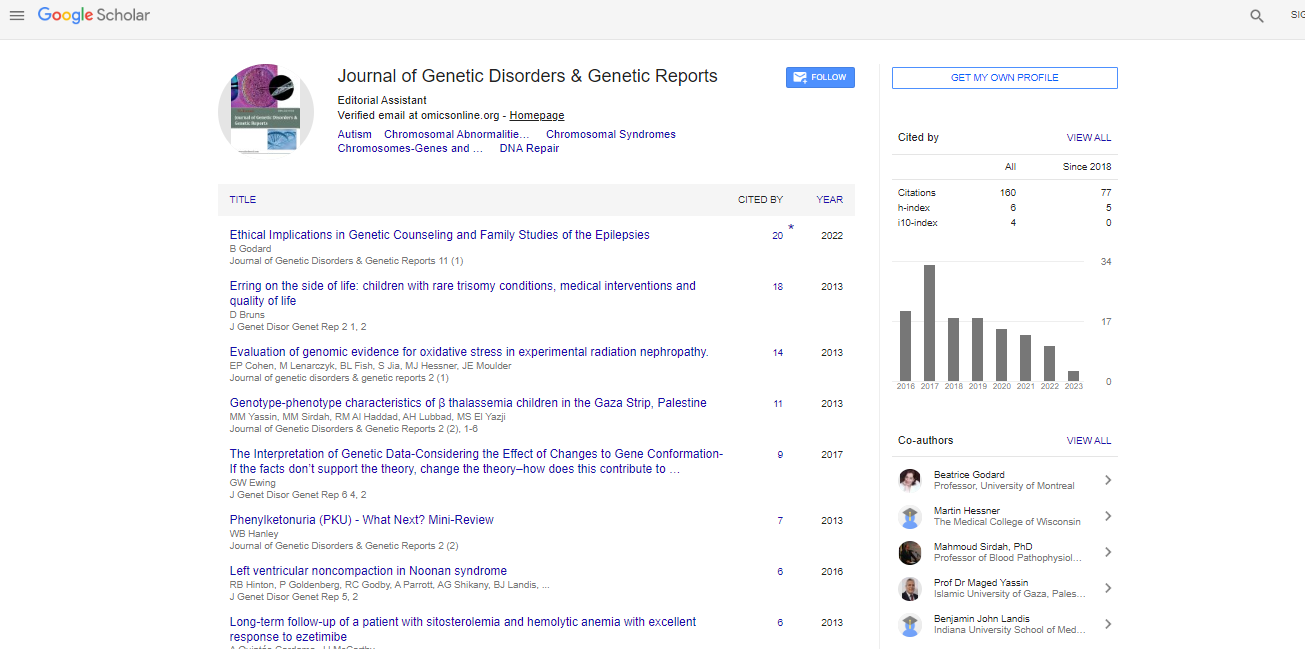Research Article, J Genet Disor Genet Rep Vol: 6 Issue: 2
Pirimiphos-methyl Resistance in Culex pipiens (Diptera: Culicidae) in Southern Tunisia
Tabbabi Ahmed1*, Daaboub Jaber1,2, Laamari Ali1, Ben Cheikh Raja1 and Ben Cheikh Hassen1
1Laboratory of Genetics, Faculty of Medicine of Monastir, Monastir University, Monastir-5019, Tunisia
2Department of Hygiene and Environmental Protection, Ministry of Public Health, Bab Saadoun, Tunis-1006, Tunisia
*Corresponding Author : Tabbabi A, Laboratory of Genetics
Faculty of Medicine of Monastir, Monastir University, Monastir- 5019, Tunisia
Tel: +216 97 085 424
E-mail: tabbabiahmed@gmail.com
Received: April 17, 2017 Accepted: May 02, 2017 Published: May 08, 2017
Citation: Tabbabi A, Daaboub J, Laamari A, Ben Cheikh R, Ben Cheikh H (2017) Pirimiphos-methyl Resistance in Culex pipiens (Diptera: Culicidae) in Southern Tunisia. J Genet Disor Genet Rep 6:2.doi: 10.4172/2327-5790.1000155
Abstract
Pirimiphos-methyl is an organophosphorus insecticide having a fast action with less toxicity for humans and environment. The aim of this study was to investigate the pirimiphos-methyl resistance of three populations of Culex pipiens in southern Tunisia. Three Culex pipiens samples were collected in 3 localities (South east, south west, and extreme south) of southern Tunisia between March 2002 and October 2005. The susceptibility of the third population (extreme south) of Culex pipiens to pirimiphos-methyl was not considered due to control-level mortality. Both other studied samples were resistant to pirimiphos methyl and to propoxur. A significantly correlation was observed between the mortality due to propoxur and the LC50 of pirimiphos methyl (P<0.01) showed an insensitive acetylcholinesterase (AChE). The characterization of Esterase phenotypes confirmed the previous studies which showed the major implication of esterases in the resistance to organophosphorus insecticides. Our results can improve current control and mosquito surveillance strategies.
 Spanish
Spanish  Chinese
Chinese  Russian
Russian  German
German  French
French  Japanese
Japanese  Portuguese
Portuguese  Hindi
Hindi 



